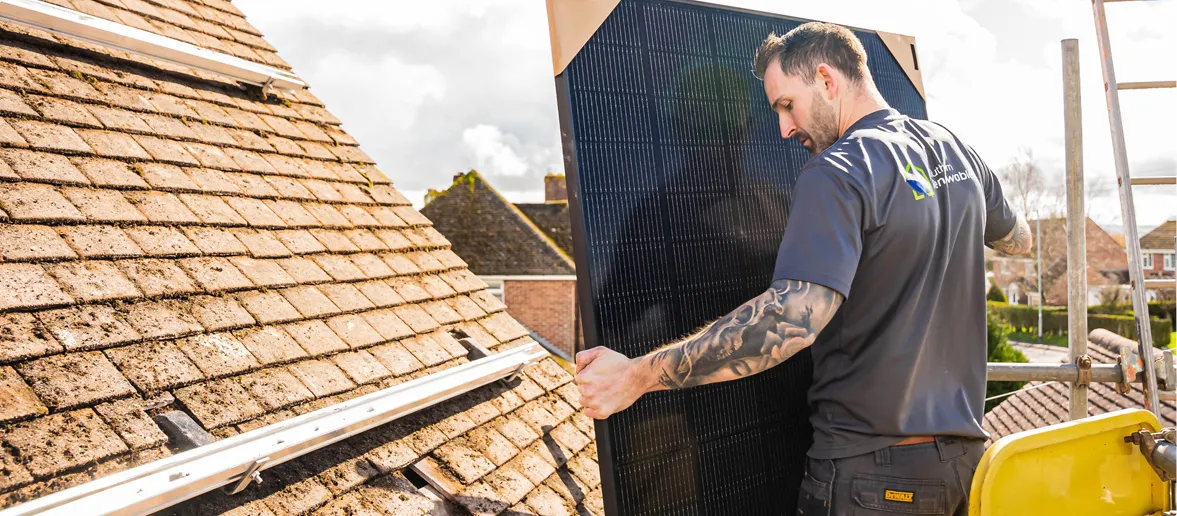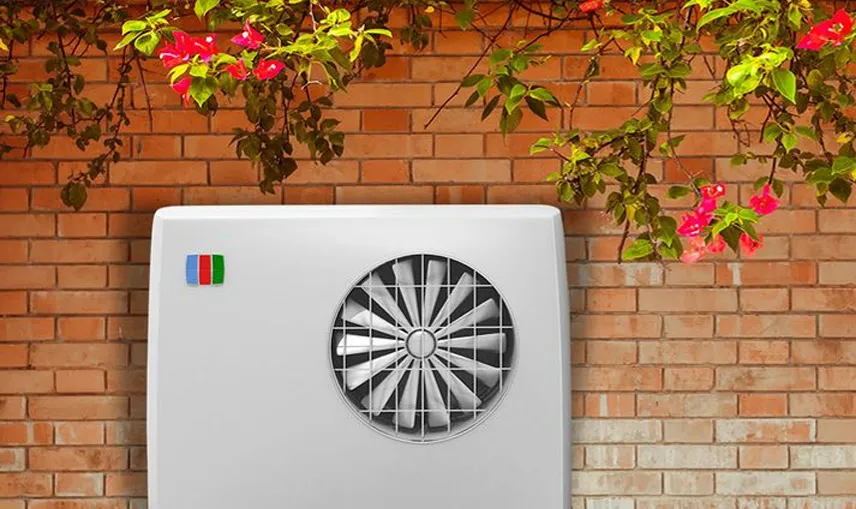"Off Grid" Explained

“Off grid” Explained
An off-grid house powered by solar PV (photovoltaic) panels and battery storage is a self-sustaining system that generates and stores its own electricity without relying on the grid. It's designed to operate independently, typically in remote locations where grid access is limited or non-existent. Here's a breakdown of how such a system works:
Solar PV Panels:
The system starts with the installation of solar panels on the roof or in an area with optimal sun exposure. These panels contain photovoltaic cells that convert sunlight into electricity through the photovoltaic effect. The number of solar panels required for an off-grid house varies depending on factors such as household energy consumption, sunlight availability, solar panel capacity, and efficiency. To estimate the number, one would consider the average daily energy consumption, assess the sunlight availability in the location, and divide the energy consumption by the product of the solar panel capacity and efficiency. Consulting with a professional solar installer or energy expert is recommended to accurately determine the number of solar panels needed for a specific off-grid house, as factors like climate, shading, and system losses need to be taken into account.
Charge Controller:
The DC electricity produced by the solar panels is sent to a charge controller, which regulates the charging process to ensure the batteries are not overcharged or damaged. It optimises the power flow from the panels to the batteries.
Battery Storage
The electricity generated by the solar panels, wind turbine or generator is stored in batteries. These batteries are typically deep-cycle batteries designed for energy storage applications. They store the excess electricity produced during the day, allowing you to use it during periods of low or no sunlight, such as at night or during cloudy days. The number of batteries needed for an off-grid house powered by solar PV varies depending on factors such as household energy consumption, sunlight availability, desired autonomy, and battery capacity. To estimate the number, one would consider the daily energy needs, assess the amount of sunlight in the location, determine the desired level of energy autonomy (typically 3-5 days), and divide the total daily energy consumption by the battery capacity. A professional solar installer or energy expert should be consulted for accurate calculations based on specific circumstances and to ensure an optimal battery system for the off-grid house.
Power Inverter:
The stored DC electricity in the batteries needs to be converted into alternating current (AC) electricity to power standard household appliances and electronics. A power inverter is used to convert the DC power from the batteries to AC power, ensuring compatibility with household devices.
Energy Management System:
An energy management system monitors and controls the flow of electricity within the off-grid house. It optimises energy usage, manages battery charging and discharging, and may provide real-time data on energy production and consumption. It will also indicate when the demand and battery storage capacity have been met and the solar panels reduce their production as there is no capability to export the solar generation.
Backup Generator (optional):
In some off-grid systems, a backup generator is included as a secondary power source. It can be used during prolonged periods of low sunlight or high energy demand when the batteries are depleted. The generator is typically fuelled by diesel, propane, or another renewable energy source like biofuel.
Energy Efficiency Measures:
Off-grid houses often incorporate energy-efficient measures such as LED lighting, efficient appliances, insulation, and passive solar design to minimise energy consumption and maximise the effectiveness of the solar PV and battery system.
By combining solar PV panels, battery storage, and efficient energy management, an off-grid house can meet its electricity needs independently. It provides sustainable, renewable energy without relying on traditional power grids, making it a viable solution for remote locations or individuals seeking self-sufficiency and reduced reliance on fossil fuels. Installing an off-grid system isn’t cheap but neither Is running your house and who knows what the future might hold for energy prices! With standing charges on the rise, an off-grid system is getting more and more attractive with a system costing anywhere between £15,000-£60,000. A £15,000 budget would get you a solar pv system with battery storage whereas a £60,000 budget would get you a large solar PV system with ample battery storage. Included would also be a diesel or alternative powered generator and a wind turbine to give you alternative means of generation when the solar PV panels aren’t as effective. This system is full proof and will mean your off-grid dreams come true.


